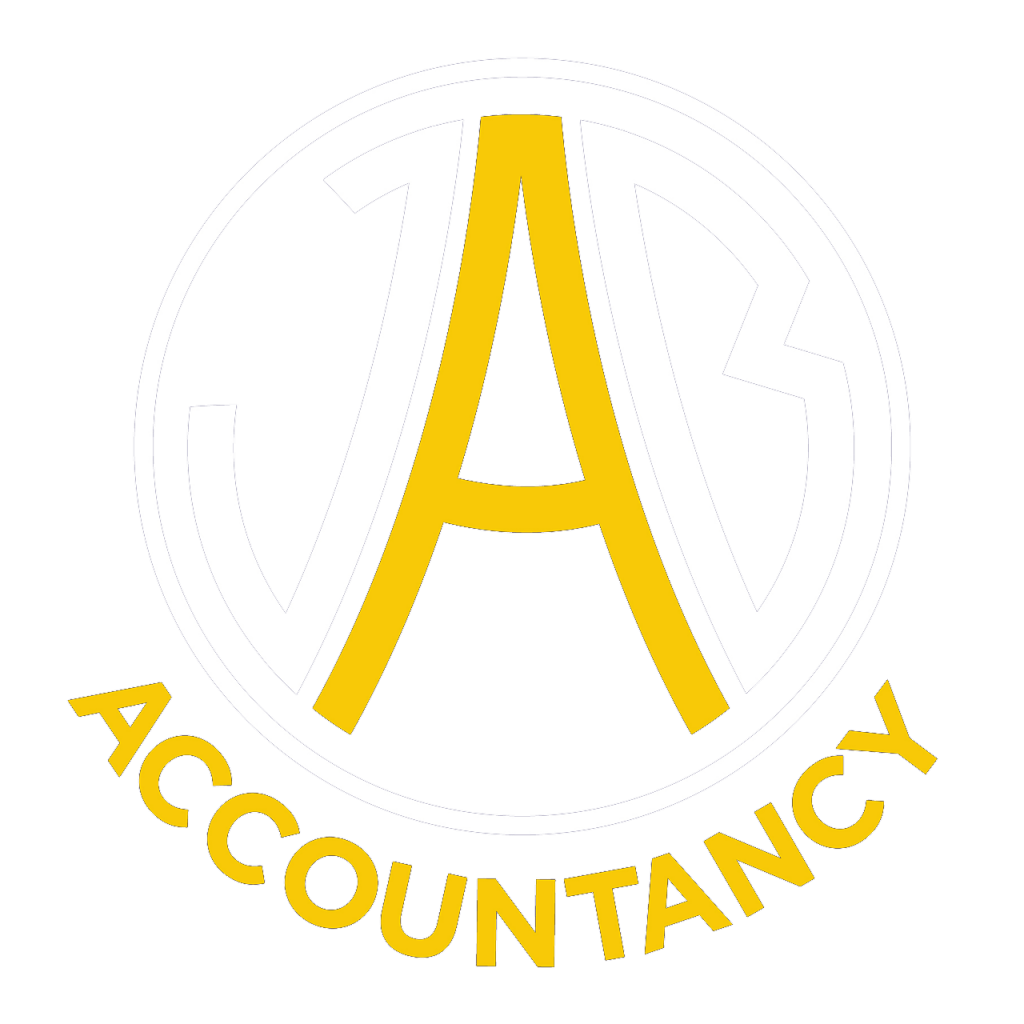MTD is a UK government initiative aimed at modernizing the tax system by making it more efficient, easier to manage, and less prone to error through the use of digital tools.
This means keeping digital records, using compliant software and from April 2026, depending on turnover, HMRC will require quarterly returns instead of annual.
From April 2026, it will be mandatory to follow the requirements of MTD for IT which will change the way the self-employed and landlords prepare and submit tax returns.
What is Making Tax Digital for IT?
MTD for IT is part of the government’s plan to digitalise the UK tax system. MTD for IT will be phased in from April 2026 (2026-27 tax year), and it will change the requirements for the way landlords and self-employed individuals submit their income tax returns.
Beginning in April 2026 landlords and self-employed individuals earning above £50,000 in gross income before any expenses are deducted, will need to send HMRC quarterly updates and a Final Declaration using MTD-compatible software.
Those earning above £30,000 will need to comply with the new MTD for IT rules from April 2027. And those with earnings above £20,000 will need to comply from April 2028. This replaces the current annual Self-Assessment.
Currently, landlords and self-employed people submit one annual Self-Assessment using the HMRC online portal, postal mail, or software. This might happen via their accountant, if they use one. To pull together the figures for the return, records are kept throughout the tax year.
The deadline for paper (postal) filings is 31st October and 31st January for online submissions (through the HMRC portal, or software).
How MTD for Income Tax will change Self-Assessment
From April 2026, those that are impacted by MTD for IT will need to use MTD-compatible software to keep digital records and submit updates to HMRC for MTD for IT.
This means you will no longer be able to use the online HMRC portal, or the paper (mail) filing system if you’re a landlord or self-employed individual with qualifying earnings over £50,000.
In the space of one tax year, you’ll need to send:
- Four quarterly updates, using your MTD-compatible software, and
- One Final Declaration, by January 31st
Quarterly updates The quarterly updates will include details of your income and expenditure for each quarterly period. These updates will be cumulative, so any errors can be made in the next update.
The quarters each year will be:
• January to March
• April to June
• July to September
• October to December
Final Declaration
You’ll need to disclose any additional sources of income, such as savings and investment, in your Final Declaration. You can also submit claims for reliefs at this time.
Reporting Timelines
The reporting timelines over for the years 2024/25 onwards are
Tax Year Reporting Period Filing Deadline 2024/25 6th April 2024 to 5th April 2025 Paper 31/10/25 Online 31/01/26 2025/26 6th April 2025 to 5th April 2026 Paper 31/10/26 Online 31/01/27 2026/27 Quarters 1st April 2026 to 30th June 2026 Online only 7th August 2026 1st July 2026 to 30th September 2026 Online Only 7th November 2026 1st October 2026 to 31st December 2026 Online Only 7th February 2027 1st January 2027 to 31st March 2027 Online Only 7th May 2027 Final Declaration 1st April 2026 to 31st March 2027 Paper 31/10/27 Online 31/01/28
Please note that if you are VAT registered, these returns are in addition to the quarterly VAT Returns
Record keeping
Due to the additional reporting requirements and tight filing deadlines, we will be changing the way in which we request and accept information from you.
Bank Statement information must be provided in .csv files going forward. This will help offset the expected additional workload that will be required. Where bank statements are provided in a format other than .csv, and we are required to enter transactions individually, we will introduce a book-keeping fee based on the number of transactions processed, with a minimum charge being introduced.
Why is Self-Assessment changing under MTD?
MTD for IT forms part of HMRC’s wider vision to digitise the tax system, and make it easier to get your tax right, whilst also ensuring better quality of records kept by the taxpayer. HMRC aims to reduce the margin of error and close the tax gap that currently stands.
HMRC hopes to bring the tax system in line with the modern, digital economy.
Are there benefits to the changes occurring under MTD for IT?
Once the first few returns have been submitted and the system is understood, the process should become easier, as we will only be submitting a quarter’s worth of information. This will be automatically compiled by the compliant software that we use, based on your records and submitted directly to HMRC.
The updates are cumulative too – which means there is no need to send additional submissions to correct errors or make adjustments.
This is instead of the current system where you would report income and expenditure for the whole tax year in one return.
Your quarterly updates also provide a near-real-time view of your finances, so HMRC can send an estimation of how much tax you owe. This estimate can help you prepare for your tax bill ahead of time.
Actions to be taken
As mentioned above, MTD for IT is being phased in and the current timelines are:
From April 2026 April 2027 April 2028 Those Affected Landlords and Self-Employed taxpayers with income above £50,000 Landlords and Self-Employed taxpayers with income above £30,000 Landlords and Self-Employed taxpayers with income above £20,000
Income from partnerships or limited companies (dividend income) are currently outside the scope of MTD for IT but are expected to be included in the not-too-distant future as part of the government strategy to digitise all tax systems.
If you are a sole trader likely to be affected by these impending reporting changes it may be beneficial for you to arrange a meeting with us to chat about / consider incorporating your business. This will have the effect of delaying the new reporting requirements, although it is likely that you will be caught by the reporting requirements at some date in the future.
HMRC have advised that a penalty system will be applied for late filing of MTD for IT returns and have offered a period for individuals to sign up to the scheme in advance of the actual live date to help understand the requirements.
If you would like to chat through your options, please contact us via:
- either office to arrange a meeting (telephone numbers below), or by
- sending an email to info@jabaccountancy.com suggesting some days/times that would suit you to meet, and we will check our office diary


